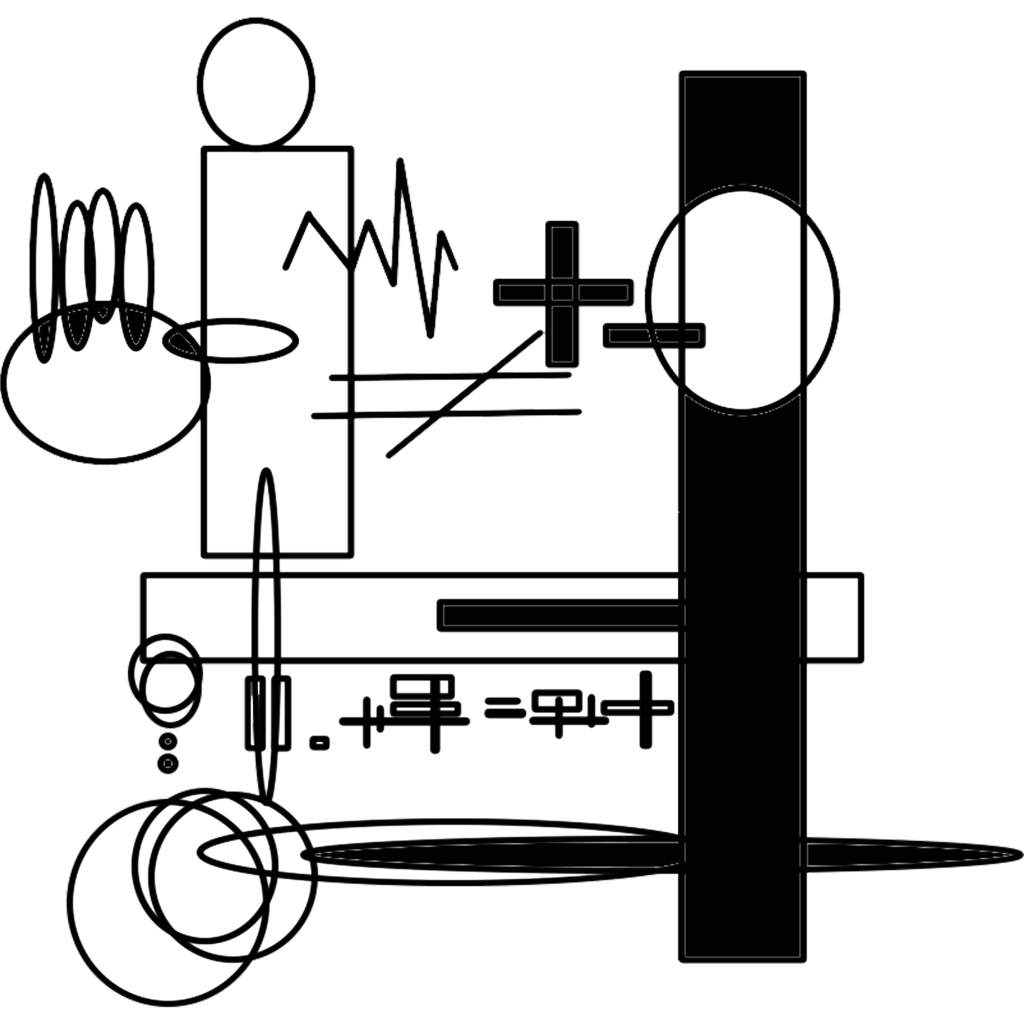12th January 2024
ORIGINAL TEXT
The ways in which rhetoric or figuration disrupt logic themselves point at the possibility of random contingency, beside language, around language. Such a dissemination cannot be under our control. Yet in translation, where meaning hops into the spacy emptiness between two named historical languages, we get perilously close to it.
Logic allows us to jump from word to word by means of clearly indicated connections. Rhetoric must work in the silence between and around words in order to see what works and how much. The jagged relationship between rhetoric and logic, condition and effect of knowing, is a relationship by which a world is made for the agent, so that the agent can act in an ethical way, a political way, a day-to-day way; so that the agent can be alive, in a human way, in the world. Unless one can at least construct a model of this for the other language, there is no real translation.
TRANSLATION (KANNADA LANGUAGE)
ವಾಕ್ಚಾತುರ್ಯ ಅಥವಾ ಆಕೃತಿಯು ಅಡ್ಡಿಪಡಿಸುವ ವಿಧಾನಗಳು ತರ್ಕವು ಭಾಷೆಯ ಜೊತೆಗೆ, ಭಾಷೆಯ ಸುತ್ತ ಯಾದೃಚ್ಛಿಕ ಆಕಸ್ಮಿಕತೆಯ ಸಾಧ್ಯತೆಯನ್ನು ಸೂಚಿಸುತ್ತದೆ. ಇಂತಹ ಪ್ರಸರಣ ನಮ್ಮ ನಿಯಂತ್ರಣದಲ್ಲಿರಲು ಸಾಧ್ಯವಿಲ್ಲ. ಇನ್ನೂ ಭಾಷಾಂತರದಲ್ಲಿ, ಎರಡು ಹೆಸರಿಸಲಾದ ಐತಿಹಾಸಿಕ ಭಾಷೆಗಳ ನಡುವಿನ ಅಂತರದ ಖಾಲಿತನಕ್ಕೆ ಅರ್ಥವು ಹಾಪ್ ಆಗುತ್ತದೆ, ನಾವು ಅದಕ್ಕೆ ಅಪಾಯಕಾರಿಯಾಗಿ ಹತ್ತಿರವಾಗುತ್ತೇವೆ. ತರ್ಕವು ನಮಗೆ ಅವಕಾಶ ನೀಡುತ್ತದೆ ಸ್ಪಷ್ಟವಾಗಿ ಸೂಚಿಸಲಾದ ಸಂಪರ್ಕಗಳ ಮೂಲಕ ಪದದಿಂದ ಪದಕ್ಕೆ ನೆಗೆಯಲು. ವಾಕ್ಚಾತುರ್ಯವು ಏನು ಕೆಲಸ ಮಾಡುತ್ತದೆ ಮತ್ತು ಎಷ್ಟು ಎಂದು ನೋಡಲು ಪದಗಳ ನಡುವೆ ಮತ್ತು ಸುತ್ತಲೂ ಮೌನವಾಗಿ ಕೆಲಸ ಮಾಡಬೇಕು. ವಾಕ್ಚಾತುರ್ಯ ಮತ್ತು ತರ್ಕ, ಸ್ಥಿತಿ ಮತ್ತು ತಿಳಿವಳಿಕೆ ಪರಿಣಾಮದ ನಡುವಿನ ಮೊನಚಾದ ಸಂಬಂಧವು ಏಜೆಂಟ್ಗಾಗಿ ಜಗತ್ತನ್ನು ರಚಿಸುವ ಸಂಬಂಧವಾಗಿದೆ, ಇದರಿಂದಾಗಿ ಏಜೆಂಟ್ ನೈತಿಕ ರೀತಿಯಲ್ಲಿ, ರಾಜಕೀಯ ರೀತಿಯಲ್ಲಿ, ದಿನನಿತ್ಯದ ರೀತಿಯಲ್ಲಿ ಕಾರ್ಯನಿರ್ವಹಿಸಬಹುದು; ಆದ್ದರಿಂದ ಏಜೆಂಟ್ ಜೀವಂತವಾಗಿರಬಹುದು, ಮಾನವ ರೀತಿಯಲ್ಲಿ, ಜಗತ್ತಿನಲ್ಲಿ. ಕನಿಷ್ಠ ಪಕ್ಷ ಇತರ ಭಾಷೆಗೆ ಇದರ ಮಾದರಿಯನ್ನು ನಿರ್ಮಿಸಬಹುದೇ ಹೊರತು, ನಿಜವಾದ ಅನುವಾದವಿಲ್ಲ.
TYPO-TRANSLATION

